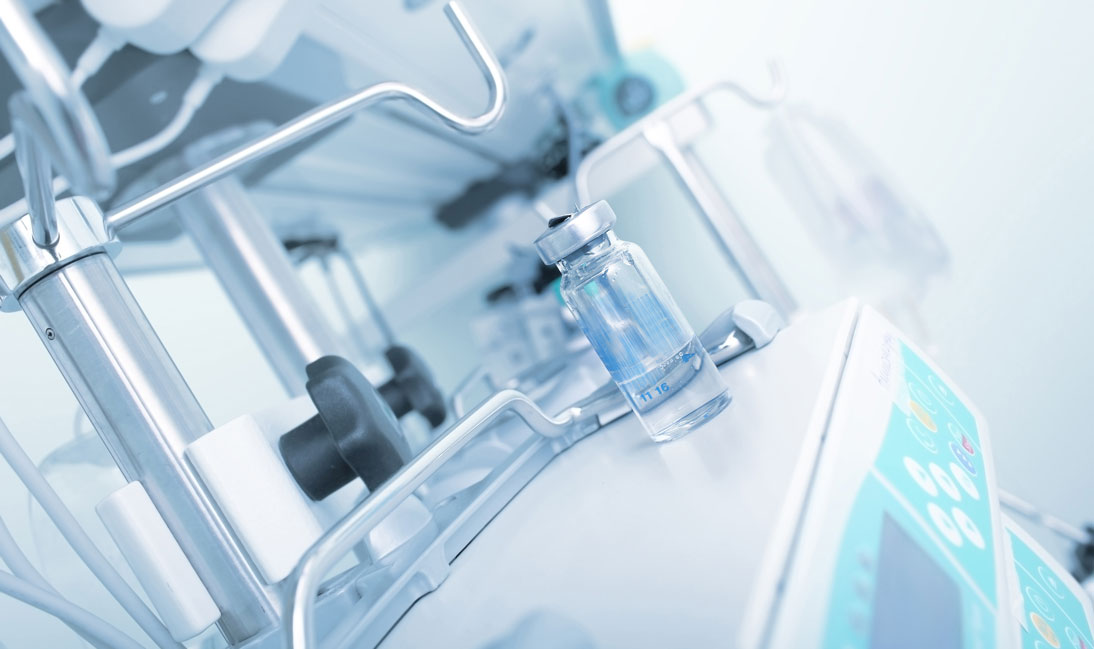October 24, 2016
The FDA’s Quarterly Update on Medical Device Performance Goals gives us more than our usual share of relatively hard data. It’s a breath of fresh air, even if the breeze isn’t always positive.
“Under the new user fee agreement, the FDA has committed to significant improvements for total review time goals.”
In the Mixed Device PMA Approval Report Card, the FDA reports that at least as of earlier this year, industry Premarket Approval (PMA) efforts might be improving a bit in some areas but still have a ways to go in several others. Broadly speaking, the data shows that 88 percent of PMAs were approved in 2016 as of June 30. That’s the most recent data cited in the report and while it sounds like something to cheer about, it’s important to recall that 95 percent were approved in 2015.
Let’s drill down and look at some of the other key stats:
- Percent of PMAs with a Major Deficiency Letter (MAJR) during the first FDA review cycle hit a new high of 89 percent based on PMAs filed as of March 31, 2016. That the FDA’s most recent data and it notes that the figure will probably change, hopefully moving downward, as more PMAs are processed. Still, if the final figure holds anywhere near 89 percent, it suggests medical device manufacturers have a lot of work to do. By contrast, the figure hovered in the mid- to low- 60s in 2014 and 2015. It trended up to a previous high of 86 percent in 2010, but had been dropping again since then. We’ll see where this all ends up in a few months.
- Average Time to MDUFA Decision for Original PMAs: This one gives the industry cause for good feeling.The number of days for a Medical Device User Fee Amendment (MDUFA) decision, as of June, 20, looked like it would end up around 265. That’s a pretty nice decline, signaling industry is doing a better job with filing documentation and procedures. Again, final data is going to have to trickle in before we can make any grand pronouncements. Still, just as the MAJR figures are discouraging so should we view these statistics in a cautiously optimistic light.
- PMAs Pending at End of Year: Through the first nine months of this year, the FDA reported that 47 PMAs were pending. That’s relatively consistent with the past five years, where the figure has hovered in the mid- to low 50s.
FDA Makes Some Big Promises
Specifically, AdvaMed likes that the FDA pledged to update its guidance on the pre-submission process. In a first, the FDA will also be required to document the scientific rationale for issuing a deficiency letter to a sponsor.
MDUFA funding also will be devoted to a pilot project to assess whether real-world evidence (RWE) can be used to support PMAs. This three-year pilot will look at the use of RWE for expanded indications for use, new clearances and approvals, and improved malfunction reporting. Stakeholders within the industry will participate in overseeing the coordinating center that will establish the pilot.
“Industry strongly supports the expanded input and involvement the patient community will have in the device regulatory process under this agreement,” said Scott Whitaker, AdvaMed president, and CEO. “Properly validated PPI and PRO information can play an enormous role in fostering medical technology innovation and improving patient care.”
Review Times to Drop?
Under the new user fee agreement, the FDA has committed to significant improvements for total review time goals:
- For 510(k)s, the average total time goal will drop to 108 days by FY 2022, which is near to the historical norms for 510(k) reviews a decade ago;
- For PMAs, at the end of the new user fee agreements, the average total time goal is expected to be 290 days, a 25 percent decrease from the current benchmark.
In addition, first-time goals for de novo products call for FDA to make a decision within 150 days for 70 percent of submissions by FY 2022.
The agreement gives the FDA $999.5 million in funds over the next five years, which is a pretty nice increase for the agency from its $679 haul from the previous agreement. The agency received nearly $20 million in separate funding designed to help improve the device review process. For most medical device companies, that’s money well spent.


